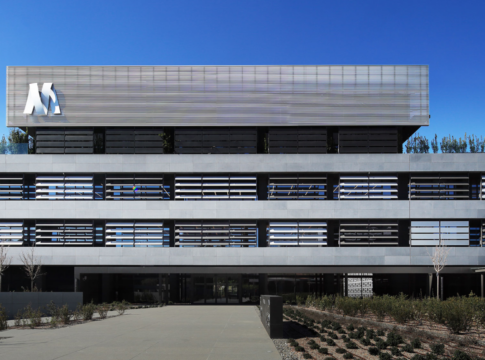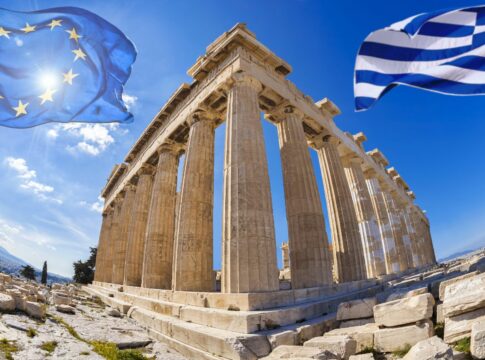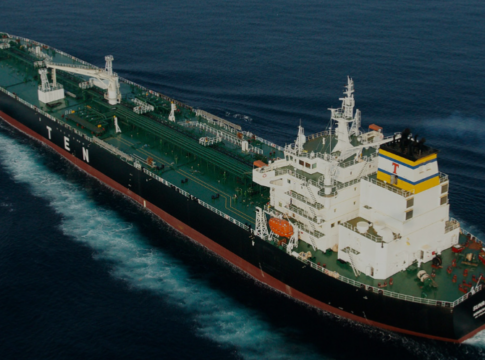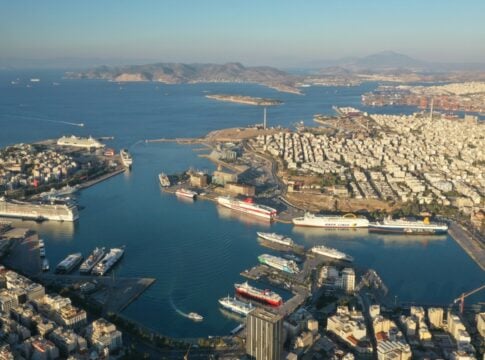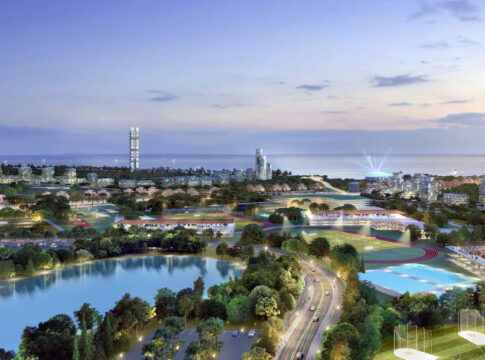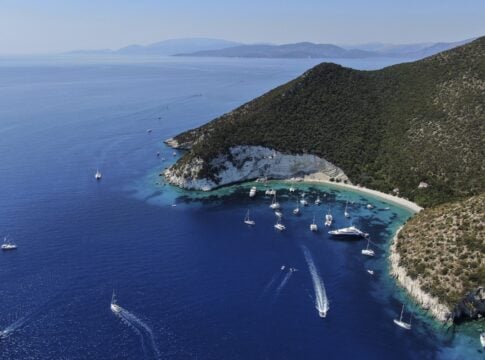Βy Yann-Sven Rittelmeyer
Policy Analyst
European Policy Centre
At the occasion of the 60th anniversary of the Rome treaties, the old concept of multi-speed Europe has surfaced again. This already existing reality has generally divided – and underlined the divides – between the Member States.
But during the years of ‘poly-crisis’, preserving EU’s unity has often resulted in kicking the can down the road at the cost of EU’s credibility. The integration model based on an ever closer union for all is short of breath. The Brexit is about to demonstrate for the first time that the process of integration can be reversed. In order to avoid further disintegration, the EU has to think about its future and the way to continue to go forward. The White Paper presented by the European Commission on March 1st clearly goes in this direction by outlining five possible scenarios for the EU by 2025. One of the proposed options is indeed to let able and willing countries do more together in specific areas without the participation of all Member States. This scenario has been pushed by the Member States, rather than by the European Commission itself which fears to be side-lined by this path and sees it as threatening EU’s unity.
The multi-speed Europe certainly bears some risks for the overall cohesion and political unity of the EU but it is a concrete way to break deadlocks. Differentiated integration has proved to be an efficient tool to move forward as shown by the Schengen Agreement, the Euro or the use of the more formalized procedure of enhanced cooperation in the fields of divorce law and patents.
A multi-speed EU is also putting pressure on non-participating Member States who are worried to become “second-class members”. It creates an incentive to join but it is also a way to push each partner to express clearly in which area it would be ready to make further progress or not.
It is indeed essential to determine the purpose of using this method. The key question is not if the multi-speed Europe is the right path, but rather “what do we need a multi-speed EU for?” The European Commission has pointed some areas in its above-mentioned White Paper: defence, security, taxation, social matters. Recent Franco-German proposals have underlined the desire to deepen cooperation in particular in security and defence matters. Concrete initiatives should continue to be tabled and discussed with the partners in order to determine where progress can be made. Pushing for a multi-speed EU will help clarify things but this should go hand in hand with an in-depth reflection on the goals to be achieved.
March 2017 could end up being the month during which the EU has formally started a divorce procedure with one of its members but as well shifted its primary approach of the integration process from an ever closer union for all to a result oriented one. This second process could remain as a determining moment for EU’s future provided that EU leaders get conscious of what is at stake and use the window of opportunity that will likely open at the end of the year, once the French and German elections are over.






